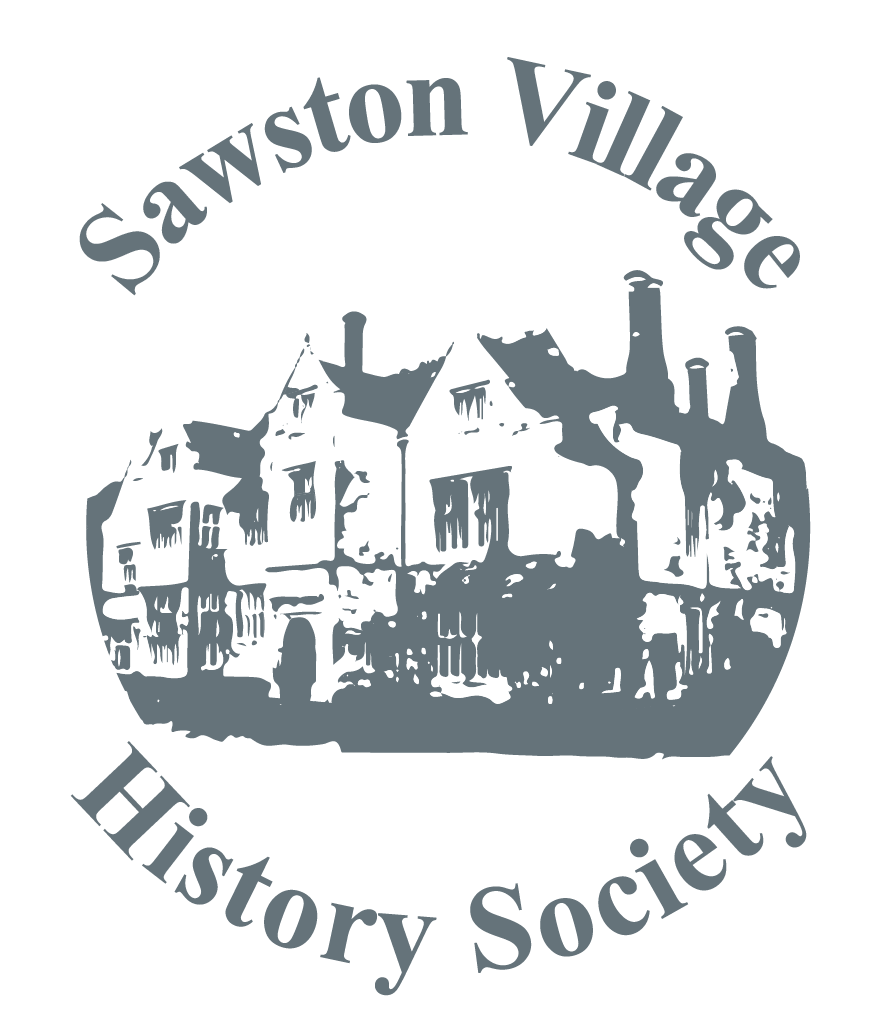
Thirteen members of Sawston Village History Society were welcomed to Madingley Hall Gardens by the head gardener, Richard Gant. It was a warm sunny evening and we stood on the terrace, back from the main entrance, overlooking the field and croquet lawns as Richard gave us a brief history of the Hall.
The Hall dates back to 1543. The south and east wings of the building were completed by 1547 by the first owner, Sir John Hynde who also owned Anglesey Abbey at that time. He died in 1550 and ownership passed to his son, Sir Francis Hynde who added the north wing, long gallery and created the terrace.
The Hall eventually passed through marriage to the Cotton family who held the seat for more than two centuries and who also added to the buildings. The Hall and most of Madingley parish passed to Lady Maria King on the death of her mother in 1855.
Edward, Prince of Wales, stayed at Madingley Hall for most of 1861 while attending the University, let to him by Lady Maria King who was trying to recover the family's fortunes squandered by the late Sir St. Vincent Cotton. However, he made a quick departure at the end of the year following Prince Albert's death.
Lady Maria King's fourth son, William Affleck King, was left as head of the family on her death and he had to sell Madingley Hall and the estate ending more than three hundred years' occupation of Hynde Cottons, and their descendants.
The Hall then passed through the Hurrells, the Hardings and finally, in 1948 became the property of the University of Cambridge. The buildings were completely refurbished between 1948 and 1951. In 1975 it became a place for full time Extra Mural Studies and in 2002 the Institute of Continuing Education. It now has B&B accommodation in a variety of sixty-two en-suite bedrooms.
The extensive grounds were laid out in the mid-1700s by Lancelot 'Capability' Brown and the gardens were improved and added to by Colonel Walter Harding after his purchase in 1905. His son, Ambrose and his wife, also made further improvements to the gardens.
We descended the stairs from the terrace to the croquet lawn and walked down the Alberni Border, so named after members of a string quartet who gave donations for the planting. These bushes comprised a wide variety of species adding colour and interest during the seasons. From there we were shown three deciduous conifers.
We had a quick look at the Pet Cemetery and then to the magnificent Cedar of Lebanon which is being attacked by a fungus which enters through damage to the roots. Richard explained it is a matter of time before the tree dies but is being given every chance to live for a few more years yet. We saw many other trees including the hop hornbeam which has fruit resembling hops, the giant redwood, the 'quirky' redwood which grew in corkscrew fashion, an avenue of clipped yews and an old sprawling yew tree which is at least 250 or maybe even 500 years old.
We walked through part of the wild flower meadow, too late to see the bee orchids but still an interesting mix of wild flowers, the topiary yew garden, and tried to guess what shapes they represented, the fine looking game shed, and on to the courtyard with its pond and ornamental flower borders.
From here we entered the walled garden. The first part was lawn with flower borders and a summerhouse and was divided from the plantings by a double hazel hedge with a pathway through the middle. Sadly the squirrels take most of the hazel nuts. The second part was split into various 'rooms'; the rose pergola, scented herbs, alpine bed, medicinal herbs, vegetables, sunken garden, chalk loving plants on a raised bank, and the large shrub border to name a few.
We left the walled garden which led us directly to the car park, but not before thanking Richard for a very interesting talk and tour.